In this episode of “the Biz Doc” podcast, Tom Ellsworth explores the pros and cons of buying property in today’s market, examines the hype around an eventual crash, and then he ties it in with the latest developments in the self-driving car market with his weekly case study.
Ellsworth chose to look into driverless taxi company Cruise for his case study, as it has made recent headlines in San Francisco after getting suspended by the state of California.
Learn the benefits of becoming a Valuetainment Member and subscribe today!
Cruise was founded in October 2023 by two entrepreneurs: Kyle Vogt and Dan Kan. They met in college during an internship at Justin.tv (which went on to become streaming platform Twitch). Then, in 2013, they were accepted into startup incubator program Y-Combinator to showcase their business idea: a taxi service which uses GPS technology to get people to their destinations seamlessly and on time.
They obtained a permit to test driverless cars from the state of California in 2015. Cruise was then acquired by General Motors (GM), one of the ‘big three’ U.S. car manufacturers, in March 2016.
Cruise had attracted $4.3 million in seed funding by March 2014 based on the attractive premise of their business idea and their credentials as Y-Combinator graduates. Then they did a Series A in September 2015, obtaining $12.5 million. GM then put up $14 million in April 2017, allowing them to have the breathing room to conduct research and test their technology.
From 2018 to 2021, Cruise experienced what Biz Doc calls their “Go Big or Go Home” chapter. In May 2018, they received $2.5 billion from Softbank Vision Fund and another $1.1 billion from GM. This gave them immense padding to conduct all the research needed.
In October and November 2018, they received $750 million from Honda, which said they would like to add $2 billion in the future to see this cutting-edge technology in the streets of Japan. GM put one of its own guys, Dan Ammann, in the CEO seat of Cruise in order to act as the “adult in the room” overseeing the two young founders, because things were getting serious.
After months of additional capital injections, in May 2019 Cruise announced it received another $1.15 billion, bringing their total valuation up to $19 billion. In January 2021, Microsoft and Honda put in $2 billion, kicking the valuation up to $30 billion.
Now it was time to shine.
In February 2022, Cruise announced it was open to the public. The next month, GM acquired Softbank’s equity in Cruise and invested $1.35 billion more. In June, California upgraded Cruise’s permit to a “Ready to Deploy” license, allowing them to move beyond test sites and into the real world.
But then one of their cars crashed. They had to recall their 80 vehicles that same month.
In August 2022, San Francisco petitioned the state of California in protest of Cruise’s self-driving taxis on the grounds that the cars were not ready to be tested in their city.
Nevertheless, by September 2022, Cruise had 100 taxis deployed on the road.
Meanwhile, Cruise had announced its driverless taxis were coming to Japan by 2026. They also said they would be testing in Austin, Dallas, Houston, and Miami. Citing the fact that Uber and Lyft had given up on the self-driving project, Cruise told its supporters to double-down since they were the leading firm in the game. (Besides Waymo, a self-driving RnD company owned by Alphabet, Google’s parent company).
Cruise then showed off its city taxi for Tokyo, a roomy vehicle specifically designed for the aesthetics of the city as well as for driverless comfort.
Then, in Summer 2023, 10 Cruise vehicles stopped functioning in the middle of a busy street in San Francisco’s North Beach neighborhood. Only a few days later, a Cruise car got stuck in wet concrete after driving through a construction site.
Then, the unthinkable happened. On Oct. 3, a Cruise vehicle stopped suddenly and darted off to the side, thinking it was moving out of traffic, but hit a woman and dragged her 20 feet. Thankfully the vehicle stopped and the accident wasn’t fatal, but the city Fire Department had to free the victim with equipment and she had to be taken to the hospital.
On Oct. 24, the California Department of Motor Vehicles suspended Cruise’s “ready to deploy” license in response to reports that a glitch in Cruise’s software caused the accident. In addition, the new mandate stipulated that any further deployment of the vehicle will require a human being to be present in the driver’s seat, which defeats the whole point of the concept.
In Q3 2022 GM announced it had lost nearly $5 billion on Cruise in research and development and then in October said it had lost $1.9 billion on Cruise since the start of 2023. Despite all this, GM has said it is confident Cruise will get the software right, and projects Cruise to have a revenue of $50 billion by the end of the 2020s.
Biz Doc’s takeaway lessons: Failing publicly requires candor, not denial. If your company’s failure harms the public, you need to hold yourself accountable if you want to keep your customers. You don’t have to fully disclose every ugly detail, but you need to admit you were wrong and explain the aggressive steps you will take to correct it. It can be an opportunity to improve systems and product, rather than point fingers out of guilt and shame. A company needs to be transparent with government authorities and be as clear and open with the media as possible. Be upfront and be smart. PR firms can handle crisis communications and help companies navigate a crisis. This can also be applied internally if a crisis happens among your staff. Gathering one’s facts and always being clear about one’s policy is the winning formula.
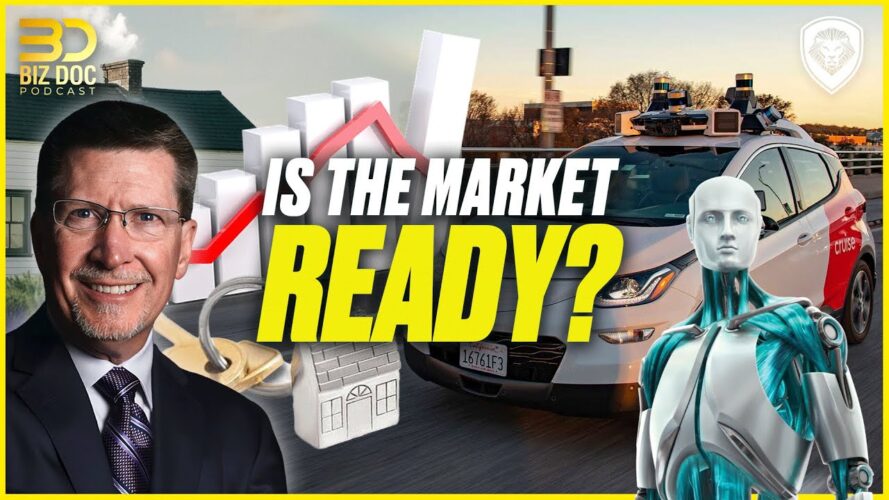


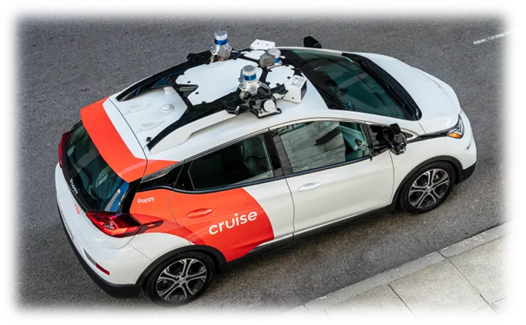
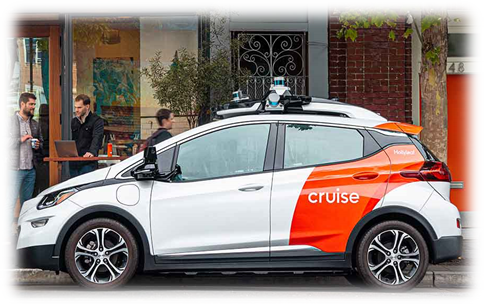
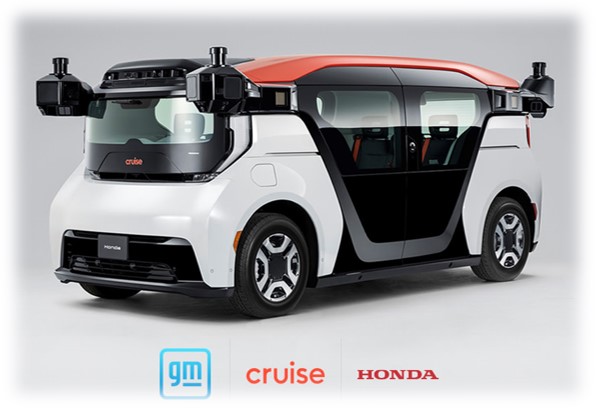

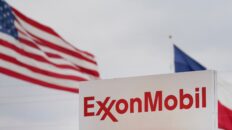

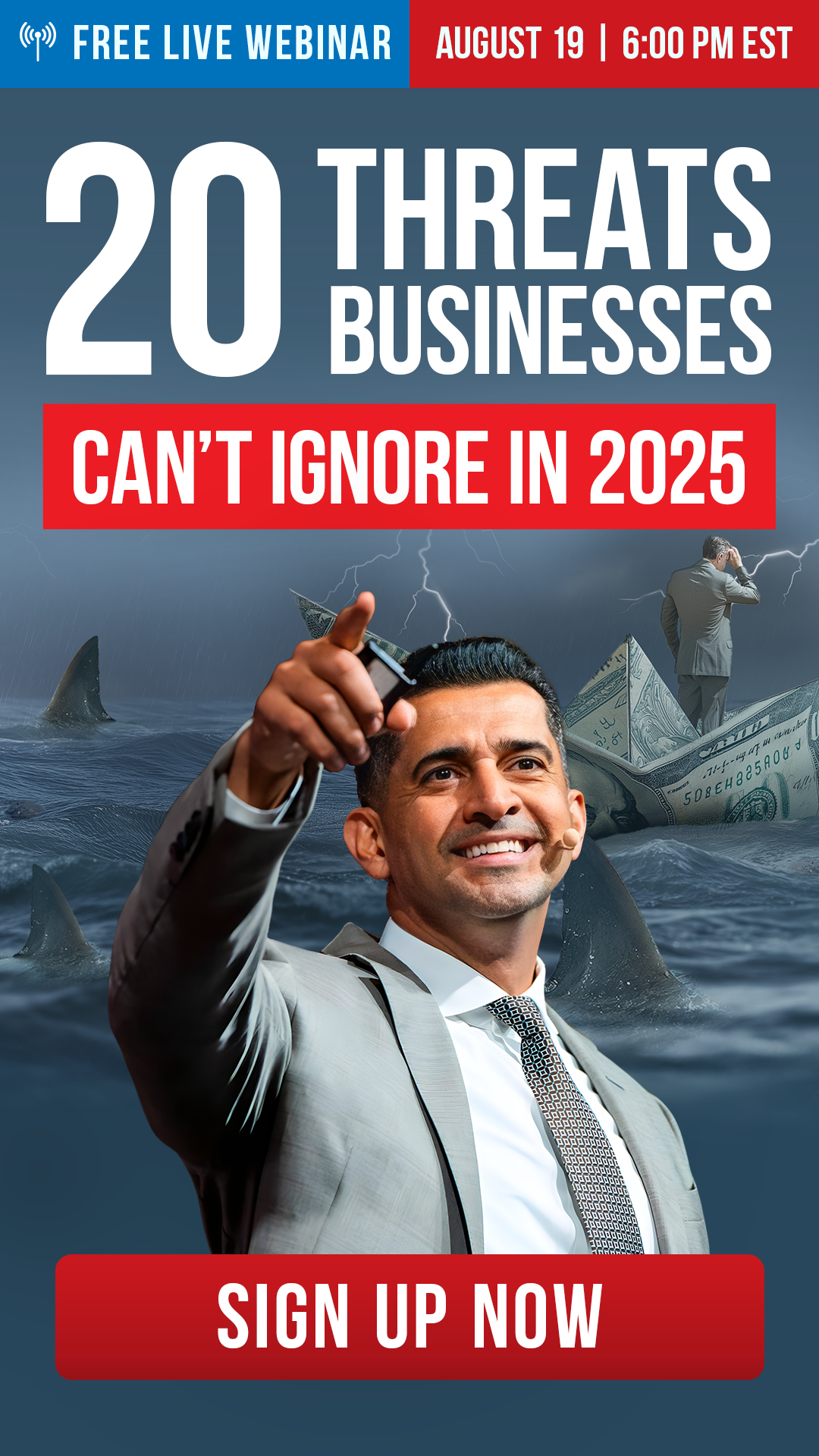








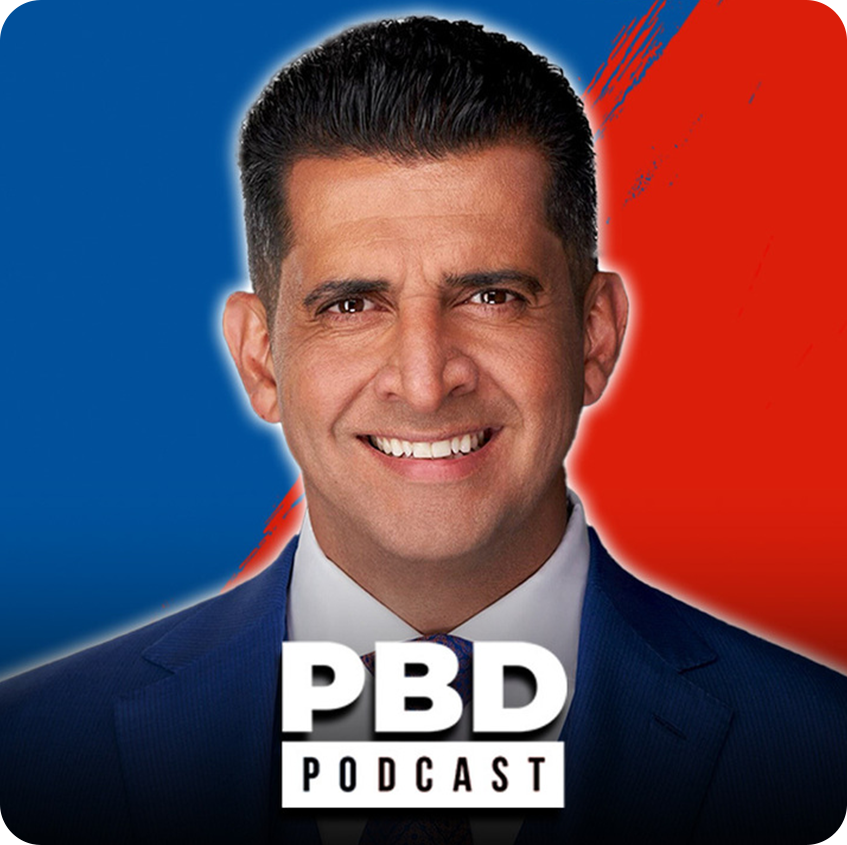

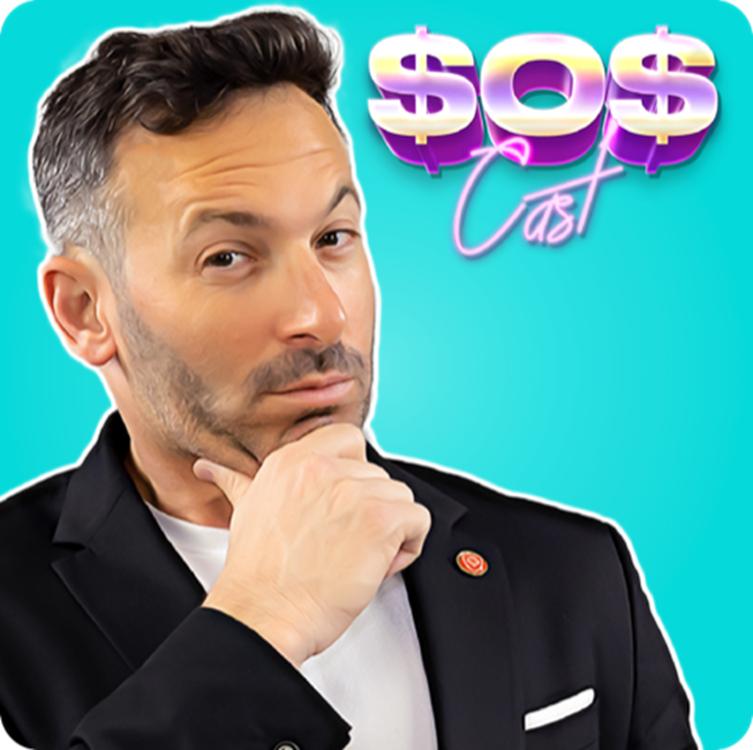
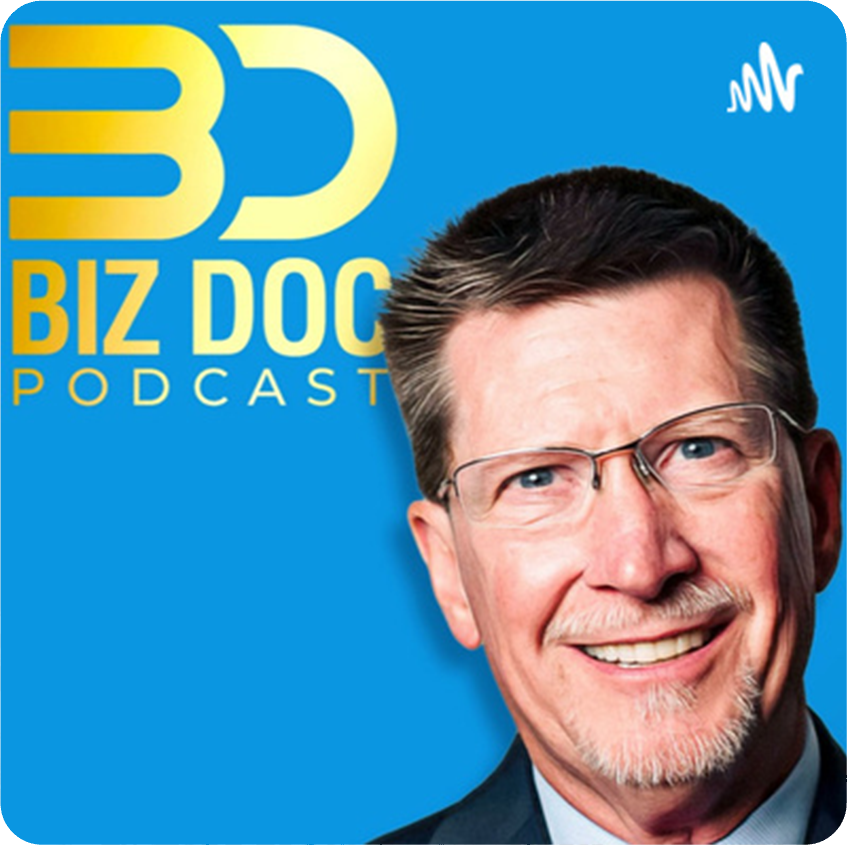
Add comment